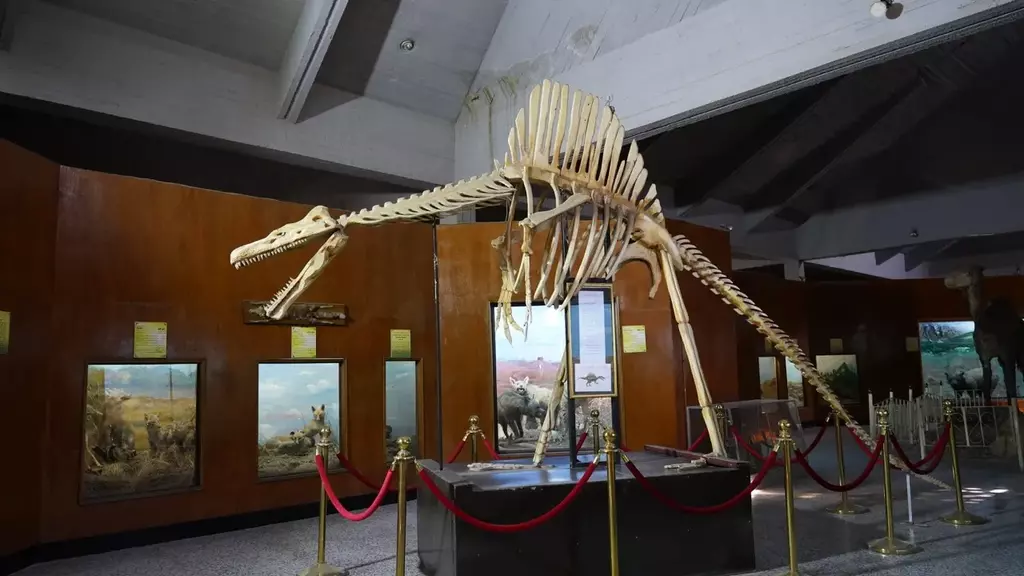Iraq Natural History Museum

- The Iraq Natural History Museum in Baghdad is one of the country’s most important scientific and cultural institutions, dedicated to preserving and showcasing Iraq’s diverse natural heritage. Established in the mid-20th century, the museum serves as a research and educational center, offering visitors insights into the rich flora, fauna, geology, and ecosystems of Iraq. It plays a crucial role in documenting the country’s biodiversity and environmental history, making it a key destination for students, researchers, and nature enthusiasts.
- One of the most fascinating aspects of the Iraq Natural History Museum is its extensive collection of preserved animal specimens, including mammals, reptiles, birds, insects, and marine life. These exhibits highlight the unique wildlife of Iraq, from the majestic Persian leopard to the endangered Euphrates softshell turtle. The museum also features displays of fossils, minerals, and rock formations, providing valuable information about Iraq’s geological history and its role in the evolution of the Middle East’s natural landscape.
- In addition to its biological and geological exhibits, the museum is home to research facilities where scientists study Iraq’s ecosystems, climate change, and conservation efforts. Given Iraq’s environmental challenges, including desertification, water shortages, and habitat destruction, the museum plays a vital role in raising awareness about conservation and sustainability. Educational programs, guided tours, and workshops are often conducted to help the public understand the importance of preserving Iraq’s natural environment.
- Despite periods of political instability and conflict, the Iraq Natural History Museum has remained an important institution for scientific research and education. Efforts have been made to restore and expand its collections, ensuring that future generations can continue to learn about Iraq’s incredible biodiversity. For visitors, the museum offers a unique glimpse into Iraq’s natural world, serving as a reminder of the country’s rich environmental legacy and the need to protect its precious ecosystems.
